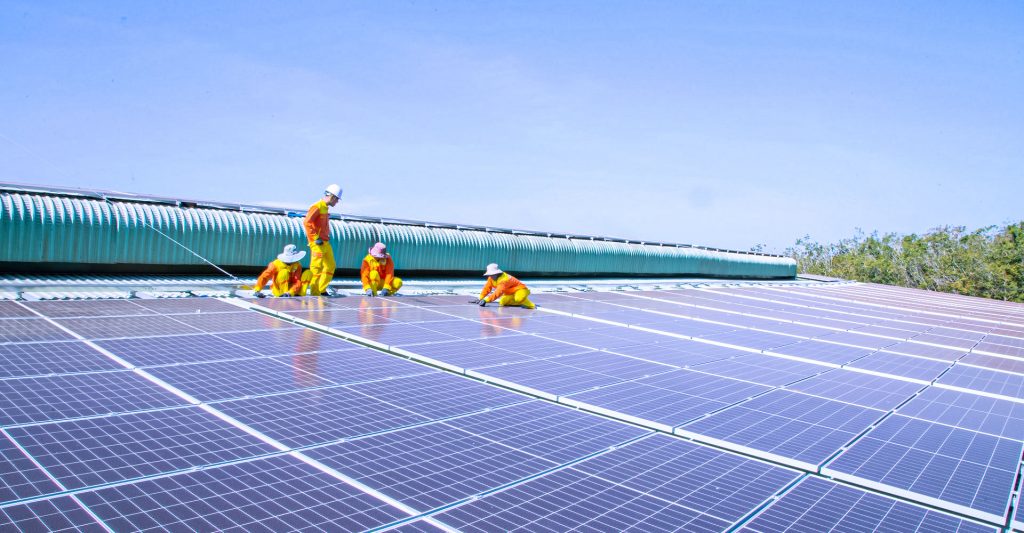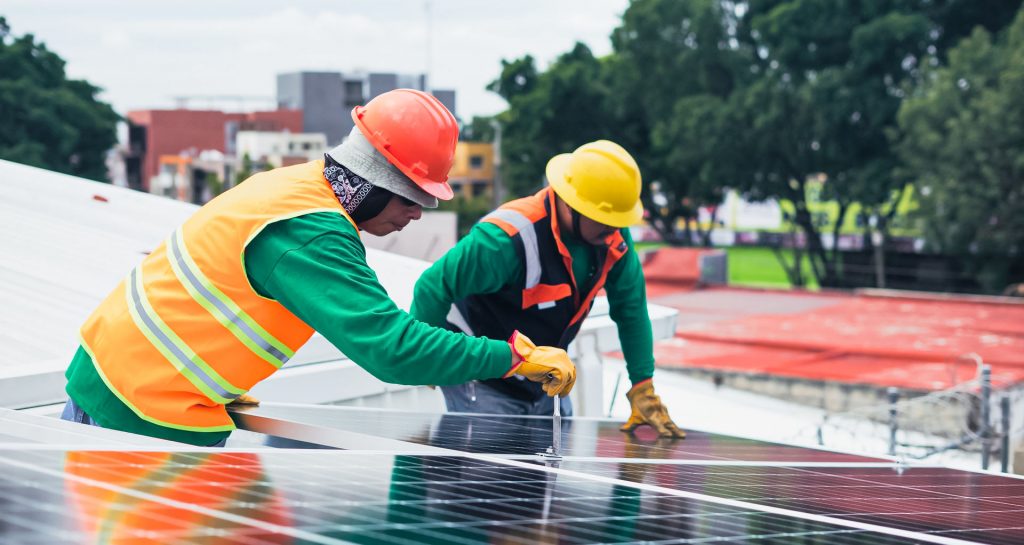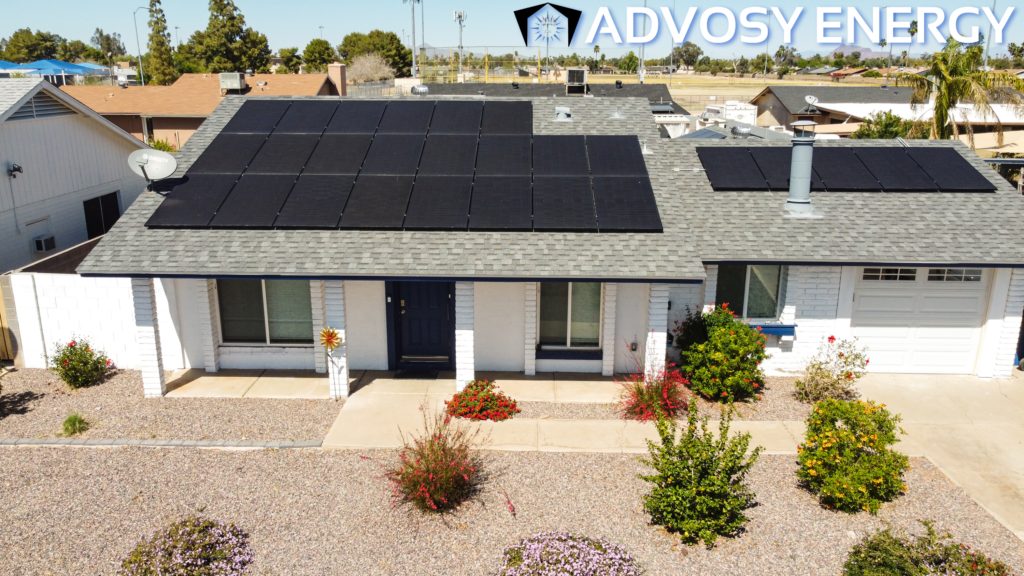Solar roofing maintenance is becoming increasingly popular as a way to reduce energy costs and increase efficiency. Cost savings, environmental benefits, and convenience are just some of the advantages that come with this type of maintenance. However, there are also drawbacks associated with DIY solar roofing maintenance that must be taken into consideration before making any decisions.
This article will explore both the pros and cons in an effort to provide insight into whether it is worth investing time and money in such projects. It is important for homeowners to understand all aspects associated with solar roofing maintenance prior to taking on such a project. Doing so can help ensure that potential risks have been identified and proper measures have been taken to mitigate them.
1. Cost Savings
DIY solar roofing maintenance offers a number of cost savings benefits that are attractive to homeowners.
One of the main advantages is that it allows individuals to be in control of their energy efficiency, rather than outsourcing this task which can incur costs for labor and materials.
The use of preexisting tools also helps reduce overall expenses as those who opt for DIY projects do not need to purchase specialized equipment or hire professionals with specific knowledge.
The ability to take on these kinds of tasks independently also reduces reliance on external services and provides an opportunity for self-improvement by expanding one’s skillset.
2. Environmental Benefits

DIY solar roofing maintenance has both positive and negative aspects. One of the main benefits is the potential to reduce energy consumption and carbon footprint. Solar roofs can be used for residential or commercial buildings, making them an attractive option to those looking to lower their environmental impact without sacrificing comfort or convenience.
When properly maintained and installed correctly, DIY solar roofing systems are capable of providing up to 25% more efficiency than traditional rooftop shingle installations due to their higher insulation value. Additionally, they require little-to-no maintenance after installation, which helps save money on labor costs over time while also reducing any disruption caused by regular inspections or repairs.
Furthermore, DIY solar roofs typically have a longer lifespan than conventional materials and generate less waste because they do not need to be replaced as often. In some cases, homeowners may even qualify for tax credits when installing a solar roof system.
3. Convenience
The convenience of DIY solar roofing maintenance depends on the homeowner’s willingness and ability to commit time. Scheduling challenges can arise when other obligations prevent a timely repair or installation, especially if it requires multiple visits.
Even with ample free time available, taking on complex projects may require an extended amount of energy and effort from a single individual. Furthermore, some jobs may require specialized tools in order for them to be completed properly – meaning that extra costs could quickly add up.
On the plus side, however, being able to tackle these tasks independently allows homeowners greater control over their own home-improvement schedule without having to factor in availability and rates charged by professional contractors.
4. Risk Identification
The primary benefit of DIY solar roofing maintenance is the cost savings. DIY solar roofing maintenance requires a significantly smaller upfront investment than having professionals install or maintain one’s photovoltaic system, and ongoing costs are also much lower when compared to using a professional service provider.
However, there are certain risks that must be taken into consideration prior to undertaking any kind of DIY project related to rooftop solar installations.
Time investment is an important factor in successful solar panel installation and maintenance. If not done properly, mistakes can lead to costly repairs and even safety hazards if proper safety protocols are not followed. Furthermore, it takes time for a homeowner to learn how to safely inspect their PV system and identify potential issues before they become more serious problems down the line.
5. Risk Mitigation

When determining the risks of DIY solar roofing maintenance, it is important to consider both short and long-term safety protocols.
The primary risk involves potential injury due to working on a rooftop or near other high voltage equipment. To mitigate this risk, proper fall protection should be used when accessing the roof, while an appropriate level of electrical training must be obtained prior to any work with wiring or panels.
Appropriate protective clothing and personal protective equipment (PPE) such as eye protection, gloves, and shoes must also be worn in order to reduce the likelihood of cuts or scrapes from sharp objects on the roof.
6. Financial Implications
The financial implications of DIY solar roofing maintenance are considerable, with homeowners needing to factor in the cost of materials and tools, as well as any potential labor costs.
Alternative funding options such as government grants or incentives might be available for those intending to undertake a DIY project. Public awareness of these initiatives has grown over recent years, which can make it easier for people to find appropriate information on how to access this additional support.
In addition to the upfront costs associated with DIY solar roofing maintenance, there may also be long-term savings that need to be considered when making decisions about whether or not to take on the job. The electricity generated from rooftop solar panels may result in reduced utility bills, meaning that the initial investment pays off over time.
Homeowners should carefully consider all aspects before committing themselves to a DIY installation project, including researching their local energy provider’s rates and any applicable rebates or other forms of assistance they are eligible for.
7. Successful Implementation
The successful implementation of DIY solar roofing maintenance requires proper planning and time management. Proper planning includes researching the necessary materials, procedures for installation and post-installation checks to ensure that everything is functioning properly.
Additionally, a budget should be established to cover any unforeseen expenses that may arise during the process. Time management involves scheduling days off work or other activities in order to complete each step of the project. It also means having an emergency plan should something go wrong while working on the roof.
Careful consideration needs to be given when attempting DIY solar roofing maintenance as it can become quite costly if mistakes are made along the way. In addition, improper methods of installation could lead to serious safety risks that would require professional attention.
However, with enough preparation and research, homeowners can save themselves considerable amounts of money by taking advantage of this cost effective approach to energy conservation.

